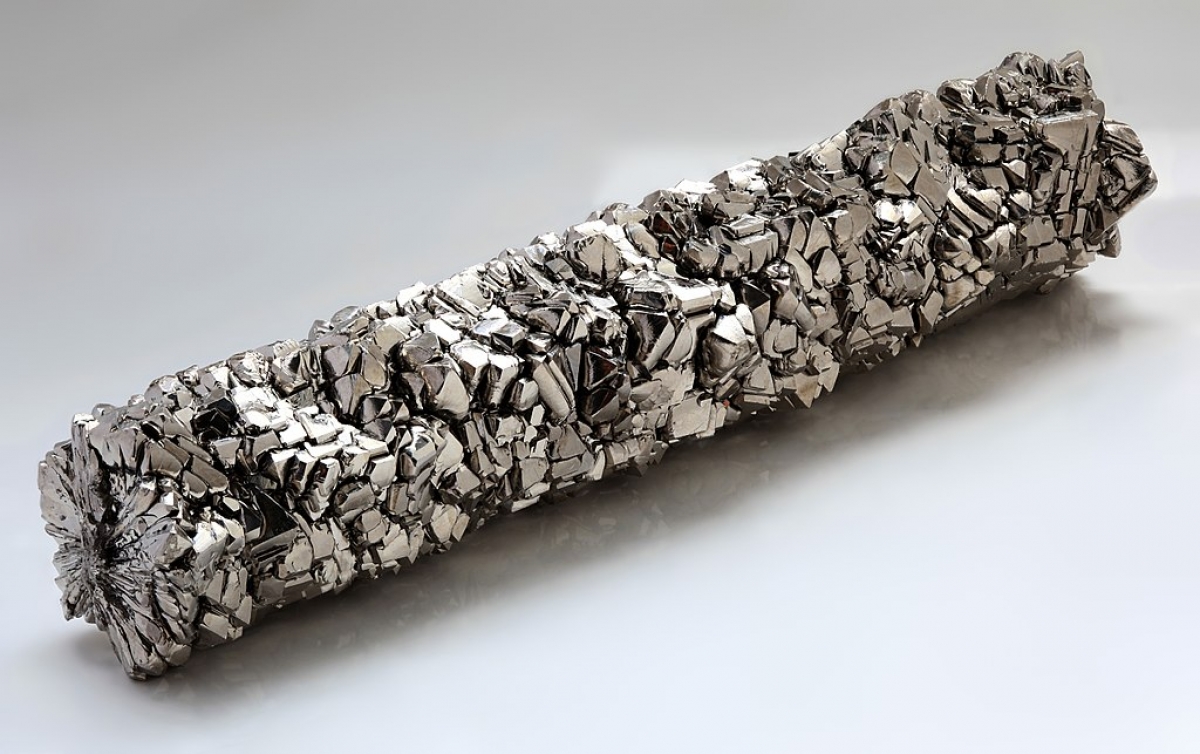What’s the difference between synthetic and raw materials?

We always hear the word “raw” maybe when someone talks about food and they said the meat or vegetables are still fresh like they’ve not been cooked yet. Speaking of raw food means speaking of food that’s not been fixed by cooking yet, as the difference between synthetic and raw materials is the process of fixing.
What are raw materials?
They’re materials in the same form they’ve been found by in nature, without any modifications like trees in forests, oil and coal underground, gold and metals in the interiors of caves. Even though some think raw materials are all what nature can offer us, they’re used nowadays in products we use daily to satisfy our needs and higher our quality of lives.
What are synthetic materials?
They’re materials whose existence depends on modifications and fixing like paper that comes from trees and accessories that come from smelting; gold and other metals get exposed to extremely high temperatures and physical changes, and natural gases come from raw oil. In other words, synthetic materials are what humans make out of raw materials.
What do we need to get raw materials?
We can divide raw materials into agricultural raw materials like crops and plants, animal raw materials like cattles, and ground raw materials like oils and metals.
Agricultural raw materials only require care from humans, as from the seeds of plants which is also a type of raw materials that we plant underground and grow them with care into useful and rich crops. Meanwhile, we obtain animal raw materials from skins, fur, meat, milk, eggs, butter and others, from live cattle that also require humans to only understand how to raise cattle. On the other hand, ground raw material is the hardest raw material we get. It requires digging and drilling equipment, a lot of equipment and human hands, long time and hard work, so we can get those raw materials out of their stable.
How do we get synthetic materials?
In order to have synthetic materials, there are many steps and stages, as raw materials require a lot of fixing, chemical, and physical modifications that humans worked on to obtain a higher standard of living and quality of life; for example, in order to make paper cups and bags, starts a journey with paper factories that receive the raw materials in which case are sliced woods; then, disintegrates it and extracts wood fibers from it, and exposes it to a lot of paper-making stages like chemical modifications and a lot of machines. Then packaging factories receive those papers and takes it to another physical modification stage and other machines used for forming and printing until we receive a synthetic material we use daily: paper cups and bags.
Recent Posts
Eco friendly canvas bags
Eco friendly canvas bags Canvas bags are the most important friendly environment packaging...
History of the food industry
The provision of adequate food supplies to countries is one of the most important challenges...
Food Industry
Food is considered one of the most important human needs. Food has been the motivation to move...
Types and sections of industry
The industry has undergone many changes, in line with the developments in human life, and has...
Industry in the Arab World
The Arab world extends over an area of more than 13,333,296 square kilometers. It occupies the...
Industry in the Arab World
The Arab world extends over an area of more than 13,333,296 square kilometers. It occupies the...
The relationship between industry and the ecosystem
Environment and environmental conservation are among the most important global issues that...
History of the industrial revolution
Industry is a human activity practiced by humans since ancient times, and in spite of the history...
Industry
What is the industry process? . Definitions of the industry process vary, as industry is the...
Raw materials and industry
Industry is one of the activities created by humans, since ancient times, to overcome nature and...
What is the amount of raw material needed to manufacture simple daily products
Everyone has their daily routine and part of that routine is products we use daily; we get used...
Raw materials
God granted us an abundance of blessings and gifts and raw materials are one of them, as they...











